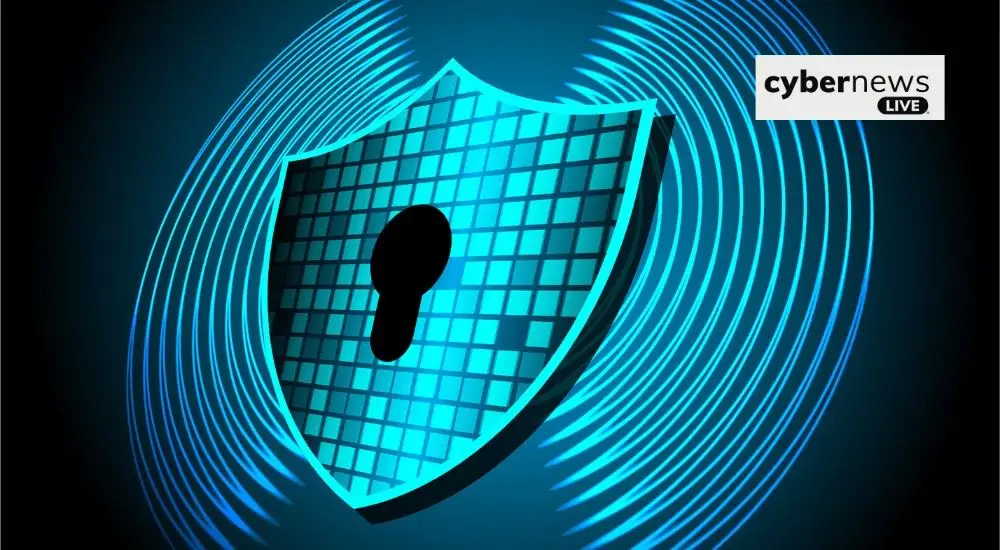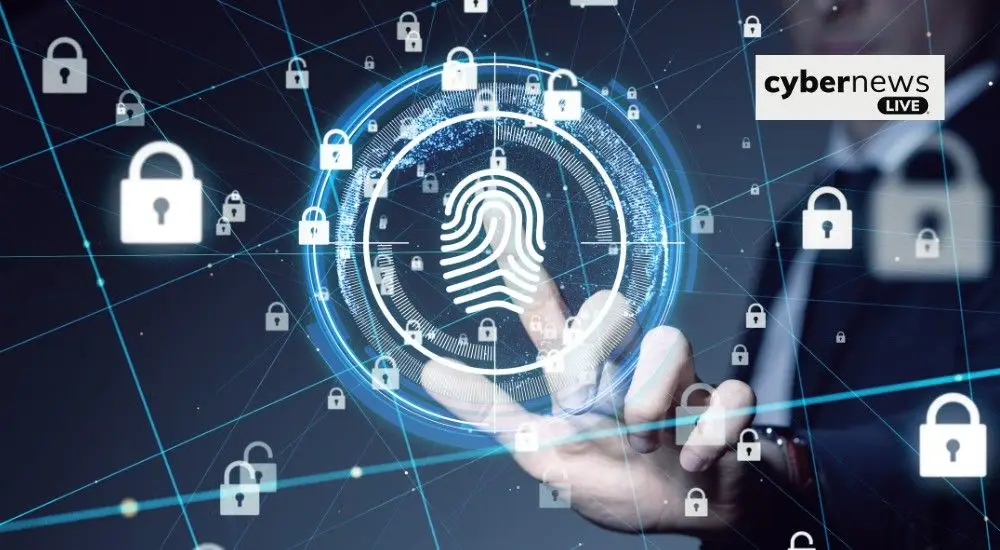

Device Security: Keeping Devices Updated and Using Antivirus Software
Personal and workplace devices hold a wealth of sensitive information, including financial records, photos, medical records, and personal documents. This data holds immense value not only for legitimate purposes but also for cyber criminals, making safeguarding such information paramount. If a device is stolen or compromised, the repercussions could be severe, including identity theft, financial fraud, and unauthorised access to confidential data. Consequently, it is crucial to maintain strong security measures to preserve the integrity of both personal and professional information.
The risk of computer viruses extends to virtually any internet-connected device, from desktops to smartphones. Nonetheless, the resilience of these systems to viral attacks can vary significantly. Certain operating systems are inherently more resistant to viruses, featuring built-in safeguards and robust architectures. Others may rely on integrated antivirus solutions to mitigate potential risks.
Here are some tips to enhance your device’s security and protect it against viruses.
Tips to Improve Device Security


Lock Your Device
To strengthen your device’s security, establish a strong device lock using a PIN, password, complex swipe, or other security methods to restrict unauthorised access. Configure the screen to lock automatically after a period of inactivity and ensure it’s manually locked when not in use. This practice protects sensitive information, such as photos and contact details.
Use Device Tracking and Management
Utilise built-in features or third-party applications to locate, wipe, and lock your device in case it’s stolen or compromised. These features may be available on your devices, through dedicated apps, or included in comprehensive anti-virus solutions.
Install Anti-Virus Software
Securing regular updates is essential to safeguarding your device from malicious malware, such as spyware and viruses. These updates are also crucial to defending against emerging threats and vulnerabilities. For a deeper understanding of how anti-virus software operates, consult detailed resources on the subject.
Keep Your Operating System Up-to-Date
Update your operating system regularly, as it often contains new security features. Enable the automatic update feature in your device settings to ensure you are promptly notified about the latest updates. Ensuring this will help you maintain optimum software security.
Be Cautious with Applications
Only download applications from legitimate and verified sources. Be cautious when an app asks for access to irrelevant information and features. For instance, a game application should not require access to your text messages or camera.
Avoid Jailbreaking Your Device
Exploring alternative operating systems or customising device functionalities may have some benefits, but jailbreaking your device can significantly increase security risks. Before proceeding, thoroughly research the implications of jailbreaking and understand the necessary security measures. Understand the potential risks and safeguarding steps to maintain the security and integrity of your device.
Backup Your Data
Regularly back up your device to prevent the loss or theft of important information in case of stolen or lost device. Also, periodically remove unnecessary data to streamline your backups and minimise the potential impacts. Use multiple backup methods, such as cloud storage and physical external drives, to protect your data further. Additionally, periodically review and remove unnecessary files to streamline your backups. This practice helps maintain an efficient backup system and reduces the risk of data overload, which can complicate recovery efforts.
Free Wi-Fi Caution
Public Wi-Fi networks can pose security risks. Avoid accessing sensitive information over these networks. Instead, use a Virtual Private Network (VPN) that encrypts your collection and protects data. Configure your device’s security settings to stop automatic connections to unknown networks. Also, disable file-sharing features when using public Wi-Fi.
Avoid Clicking on Unexpected Links or Attachments
Exercise caution with unsolicited emails and messages, particularly those containing links or attachments. Be vigilant for phishing attempts and suspicious communications. If you suspect a phishing scam, report it to the authorities.
Restrict Your Device Sharing
While lending your device to the store, be aware of the risks of unauthorised actions. Check options to restrict access to certain apps or information to safeguard your data and privacy. Many devices offer options to set up guest accounts or to use app-specific permissions that control what the guest user can view or modify. Configuring these settings will prevent unauthorised actions and ensure that your data remains secure while your device is in the hands of others.
Monitor Your Device’s Behaviour
Watch for unusual device behaviour, such as rapid battery drain or excessive data usage, which may indicate the presence of malware. Also, regularly review your billing statements for any unfamiliar charges. Promptly addressing anomalies can help you detect and mitigate potential security threats before they escalate.
Erase Data Before Selling or Recycling
Before selling or recycling your device, delete all data and applications. Use the factory reset options available on iPhones, Android devices, and Windows phones to erase your information securely. This process ensures that your personal information is irretrievably removed from the device, safeguarding your privacy and reducing the risk of data breaches.
Conclusion
Built-in security features provide a potent defence against viruses, yet they are not entirely foolproof. Complementing them with dedicated antivirus software can enhance overall protection, particularly for Windows, macOS, and Android devices. However, relying solely on antivirus software is insufficient for complete digital security. Consider bundling antivirus software with additional services such as VPNs, identity theft protection, and password managers for comprehensive protection. This multi-layered approach addresses a broader spectrum of online threats and ensures a more effective security posture.
Stay ahead of the curve with Cyber News Live! Get real-time updates on the latest cyber security threats, expert analyses, and essential tips to protect your digital world.

